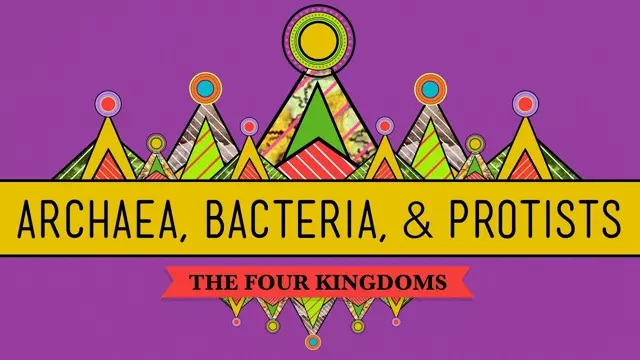2012-09-24
[public] 1.57M views, 20.7K likes, 413 dislikes audio only
Hank veers away from human anatomy to teach us about the (mostly) single-celled organisms that make up two of the three taxonomic domains of life, and one of the four kingdoms: Archaea, Bacteria, and Protists. They are by far the most abundant organisms on Earth and are our oldest, oddest relatives.
References:
http://users.rcn.com/jkimball.ma.ultranet/BiologyPages/P/Protists.html
http://www.cod.edu/people/faculty/fancher/prokeuk.htm
http://www.genomenewsnetwork.org/articles/03_00/gandg_quickswitch_3_24.shtml
http://biology.clc.uc.edu/courses/bio106/protista.htm
:http://www.ucmp.berkeley.edu/protista/basalprotists.html
http://www.ucmp.berkeley.edu/protista/testaceafilosea.html
http://www.ucmp.berkeley.edu/protista/slimemolds.html
http://www.ucmp.berkeley.edu/protista/alveolates.html
http://www.ucmp.berkeley.edu/protista/rhodophyta.html
Table of Contents
1) Archaea 03:23
a) Methanogens 04:02
b) Extremophiles 04:24
2) Bacteria 05:24:2
3) Gram Positive 06:50
a) Proteobacteria 07:15
b) Cyanobacteria 07:30
c) Spirochetes 07:42
d) Chlamydias 07:52
4) Protists 08:12
a) Protozoa 09:03
b) Algae 09:54
c) Slime Molds 11:13
Crash Course is on Patreon! You can support us directly by signing up at http://www.patreon.com/crashcourse
Want to find Crash Course elsewhere on the internet?
Facebook - http://www.facebook.com/YouTubeCrashCourse
Twitter - http://www.twitter.com/TheCrashCourse
Instagram - https://www.instagram.com/thecrashcourse/
CC Kids: http://www.youtube.com/crashcoursekids
http://www.patreon.com/crashcourse
http://www.patreon.com/crashcourse
/youtube/video/vAR47-g6tlA?t=203
/youtube/video/vAR47-g6tlA?t=242
/youtube/video/vAR47-g6tlA?t=264
/youtube/video/vAR47-g6tlA?t=410
/youtube/video/vAR47-g6tlA?t=435
/youtube/video/vAR47-g6tlA?t=450
/youtube/video/vAR47-g6tlA?t=462
/youtube/video/vAR47-g6tlA?t=472
/youtube/video/vAR47-g6tlA?t=492
/youtube/video/vAR47-g6tlA?t=543
/youtube/video/vAR47-g6tlA?t=594
/youtube/video/vAR47-g6tlA?t=673

